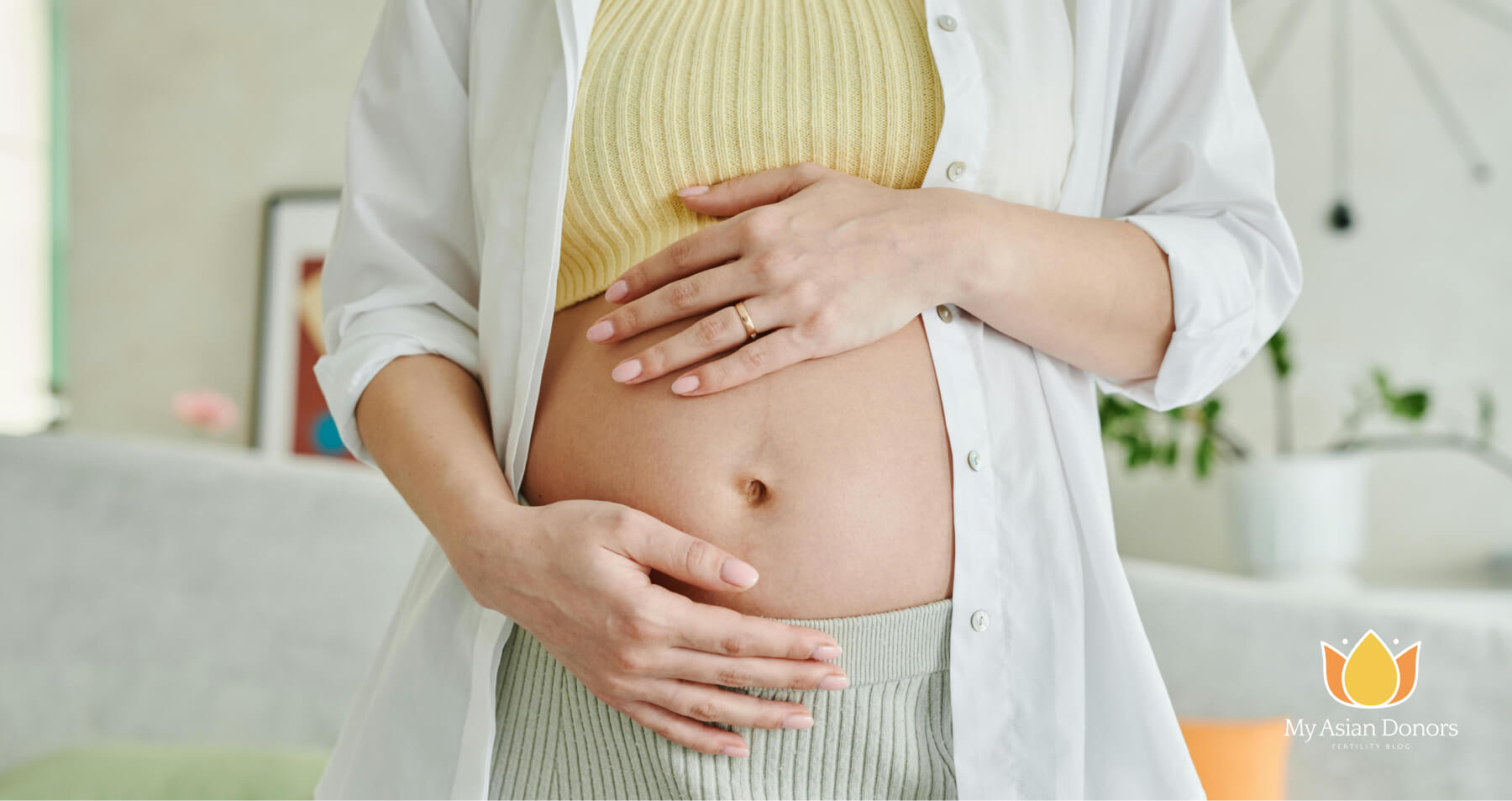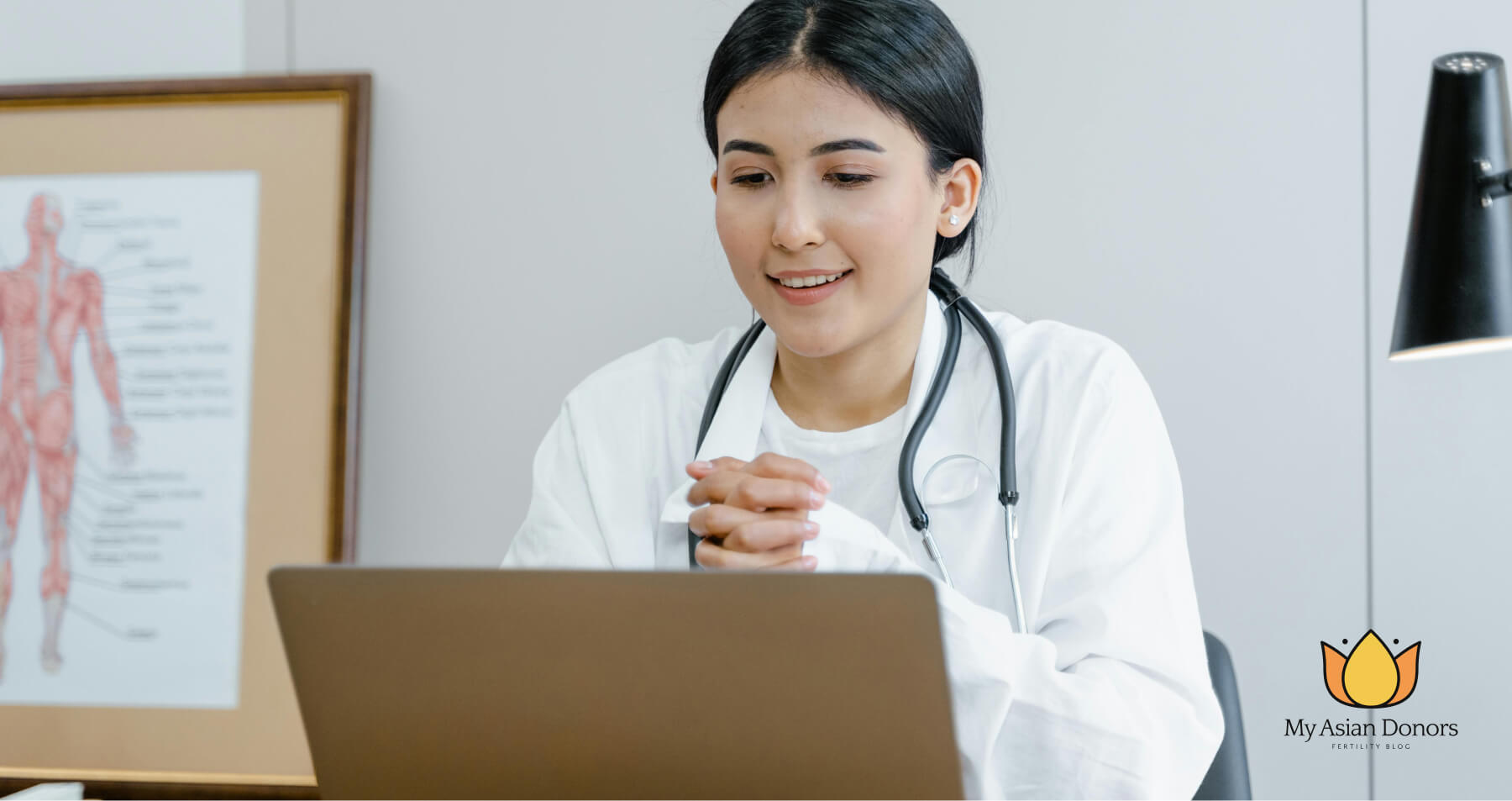5 common myths about egg donation

Becoming an egg donor is indeed one of the most generous gifts a woman can give to help others build their families. However, a wealth of myth-information creates barriers between some of the healthiest egg donors and their prospective recipients.
Myth 1: Donating eggs will deplete your own egg supply
False. Women are born with a large number of immature eggs in their ovaries, estimated to be around 1-2 million. During a typical menstrual cycle, a woman's body selects and matures only a few eggs, with the rest naturally degrading and being absorbed by the body. During an egg donation cycle, the ovaries are stimulated to produce multiple eggs, but this process does not deplete the overall egg supply. Typically, only 10-20 eggs are retrieved for donation, leaving thousands of immature eggs still present in the ovaries.[1][3][5]
Myth 2: Any woman can become an egg donor
False. Egg donation involves a rigorous screening process to ensure the health and suitability of the donor. Potential donors are typically required to be between 20-30 years old, have a healthy egg count, and meet specific health criteria. They must also undergo physical, psychological, and reproductive exams to assess their suitability. Additionally, donors are often required to test negative for drugs and nicotine, among other substances.[1][3][4]
Myth 3: You can donate eggs as many times as you want
False. The American Society for Reproductive Medicine (ASRM) sets guidelines for egg donation to mitigate potential risks to the donor. While the specific limits may vary, the ASRM generally recommends a limit of 6 cycles in a lifetime for egg donation. This is to protect the donor's health and minimize the potential long-term effects of multiple donation cycles on their reproductive system.[1]
Myth 4: There are serious risks or pain with egg donation
Mostly false. While there are risks associated with egg donation, they are generally considered to be low, and serious complications are rare. The main side effects during the ovarian stimulation phase, where fertility medications are used to stimulate egg production, are similar to PMS symptoms and may include bloating, cramping, and mood swings. The egg retrieval process itself is done under sedation, so donors typically do not experience pain. Serious risks such as ovarian hyperstimulation syndrome (OHSS) are very rare but can occur in some cases.[1][4][5]
Myth 5: Egg donors miss a lot of work/school
False. Fertility clinics work with egg donors to accommodate their schedules during the donation process. The full process typically takes 6-10 weeks, including screening, ovarian stimulation, and egg retrieval. While there may be temporarily increased appointments during the ovarian stimulation phase, donors are usually able to schedule these appointments around their work or school commitments.[1]
Reputable fertility clinics prioritize the health and well-being of egg donors and aim to educate potential donors about the process to ensure they can make an informed decision about participating in egg donation.[1][2]
Sourses:
- ncfmc.com/5-common-egg-donation-myths/
- hatch.us/blog/egg-donation-fertility-myths
- cryosinternational.com/en-us/us-shop/client/blog/myths-about-egg-donation/
- adonisfertilityintl.com/uncategorized/myths-about-egg-donation/
- westcoasteggdonation.com/blog/egg-donation-myths-debunked-separating-fact-from-fiction



